Have you tested your water for radon? Maine lawmaker says you shouldn't wait any longer
YORK, Maine — State Rep. Patty Hymanson has lived in her family’s home near the York River for about 35 years, but it was only two years ago that she discovered through testing that the water in her home contained unsafe levels of radon.
Hymanson, a neurologist, has since installed mitigation systems that reduce radon in the home’s air and water systems. Now, she wants to inform her fellow community members about the health risks associated with high levels of radon, a chemical that you cannot see or smell – and which is the second leading cause of lung cancer overall and the leading cause of lung cancer among nonsmokers.
Hymanson is calling on her fellow Mainers to test more consistently for ubiquitous harmful chemicals. People often test for radon when buying a new home, but that isn't enough, she said.
"Someone who's living there, even for 10 years ... they should know to test ... it needs to be repeated because people forget about it," Hymanson said.

Radon can be found anywhere, but Maine has higher levels compared to many other states, and more than one-third of radon tests results in Maine were at or above the level where the Environmental Protection Agency recommends action.
More than half of Maine residents rely on a private well for their drinking water, and one in 10 wells in Maine have too much arsenic, uranium, radon or other chemicals harmful to humans, according to the Maine Center for Disease Control and Prevention.
Radon is a naturally occurring radioactive gas emitted from the ground that can enter a home through cracks in walls, basement floors, foundations and other openings, according to the American Lung Association.
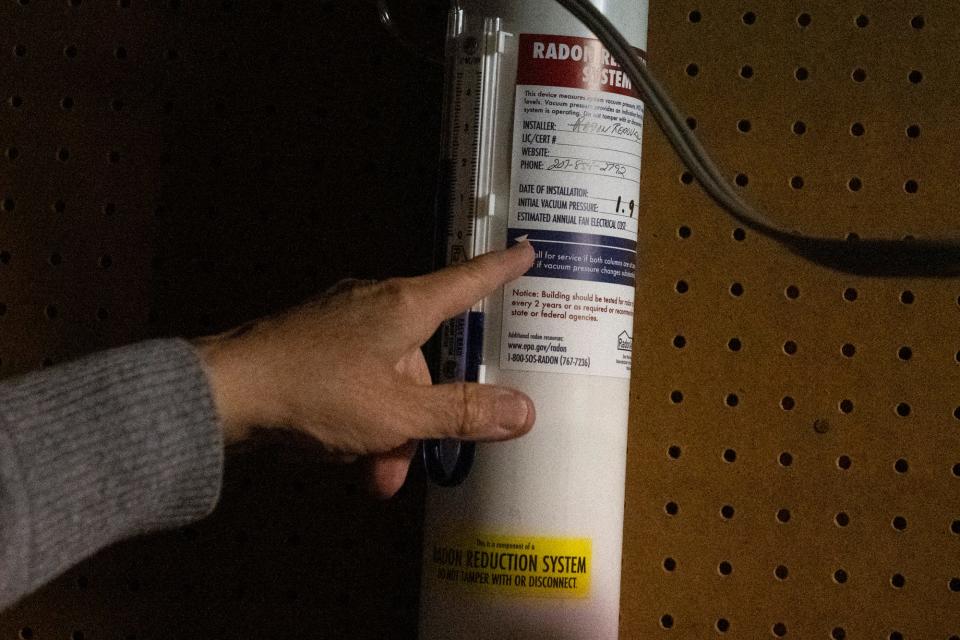
About 21,000 people die of lung cancer each year due to radon, including about 2,900 people who never smoked, according to the Environmental Protection Agency. Radon is particularly harmful to humans
when inhaled or through bathing, washing laundry and flushing toilets with toxic water.
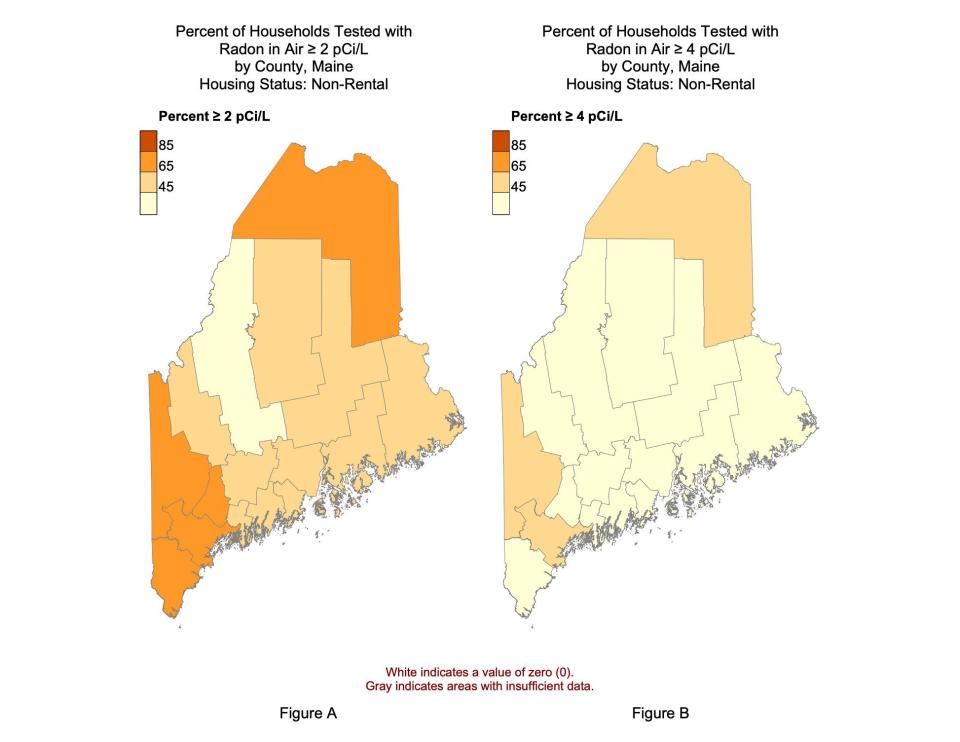
Since Hymanson made the discovery in her own home, she said she now sees how important it is to keep water systems as clean as possible and protect the community's overall health and safety.
“It makes you more cognizant of environmental concerns,” she said.
January is National Radon Action Month, an effort to raise public awareness of the health risk from radon.
Hymanson said Maine should do more to provide low-income households with funds to test and mitigate for radon, as well as raise awareness through a public health campaign.
Because the state has not done enough to address this issue, Hymanson said, people need to take matters into their own hands, and that they should know there are effective solutions.
“The process to put the air and water systems in was seamless,” Hymanson said.
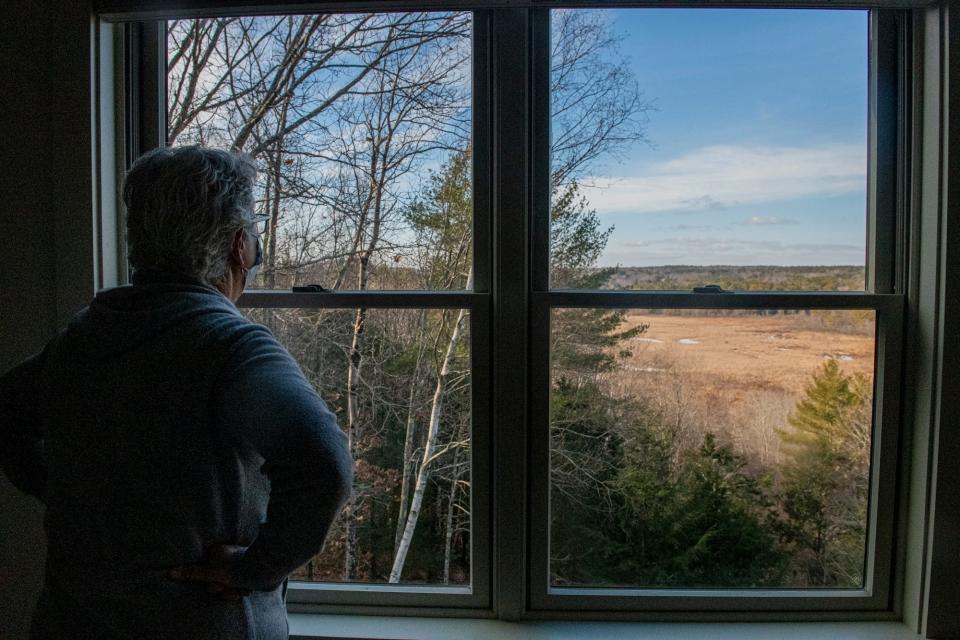
Testing and mitigation
Do-it-yourself radon test kits from local laboratories and hardware stores typically cost about $30 to $40, according to the Maine CDC. If your test shows levels at or above 4 picocuries per liter, the EPA recommends taking action to mitigate.
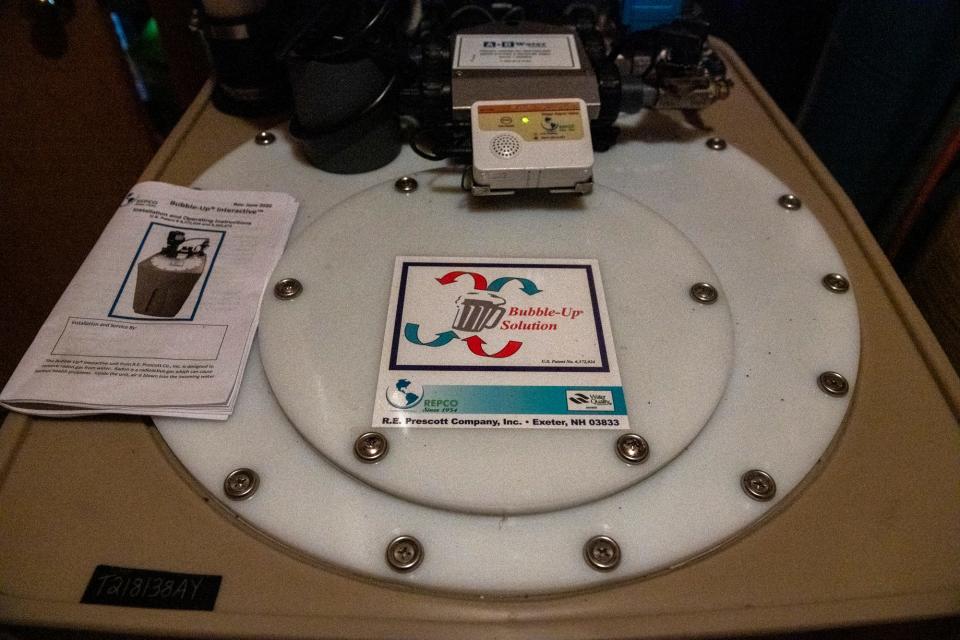
To reduce radon levels in your water, there are two water treatment systems: charcoal filter and aeration.
The CDC recommends that homes with moderate, not high levels of radon, use a Granular Activated Carbon water treatment system, which costs about $1,500.
The CDC recommends the aeration system, which is what Hymanson uses, for homes with higher concentrations of radon. The system costs about $5,000 and can reduce radon in water between 85% and 99% through a fan that mixes water with air inside a plastic tank and then vents the air and radon outdoors.
To reduce radon in the air, the CDC recommends either an Active Subslab Depressurization, Submembrane Depressurization or Heat Recovery Ventilator.
The Active Subslab Depressurization is the least costly of the two and is best suited for homes with basements or slabs. For homes built over dirt-floored crawlspace or basement, submembrane depressurization or HRV systems work best. ‘
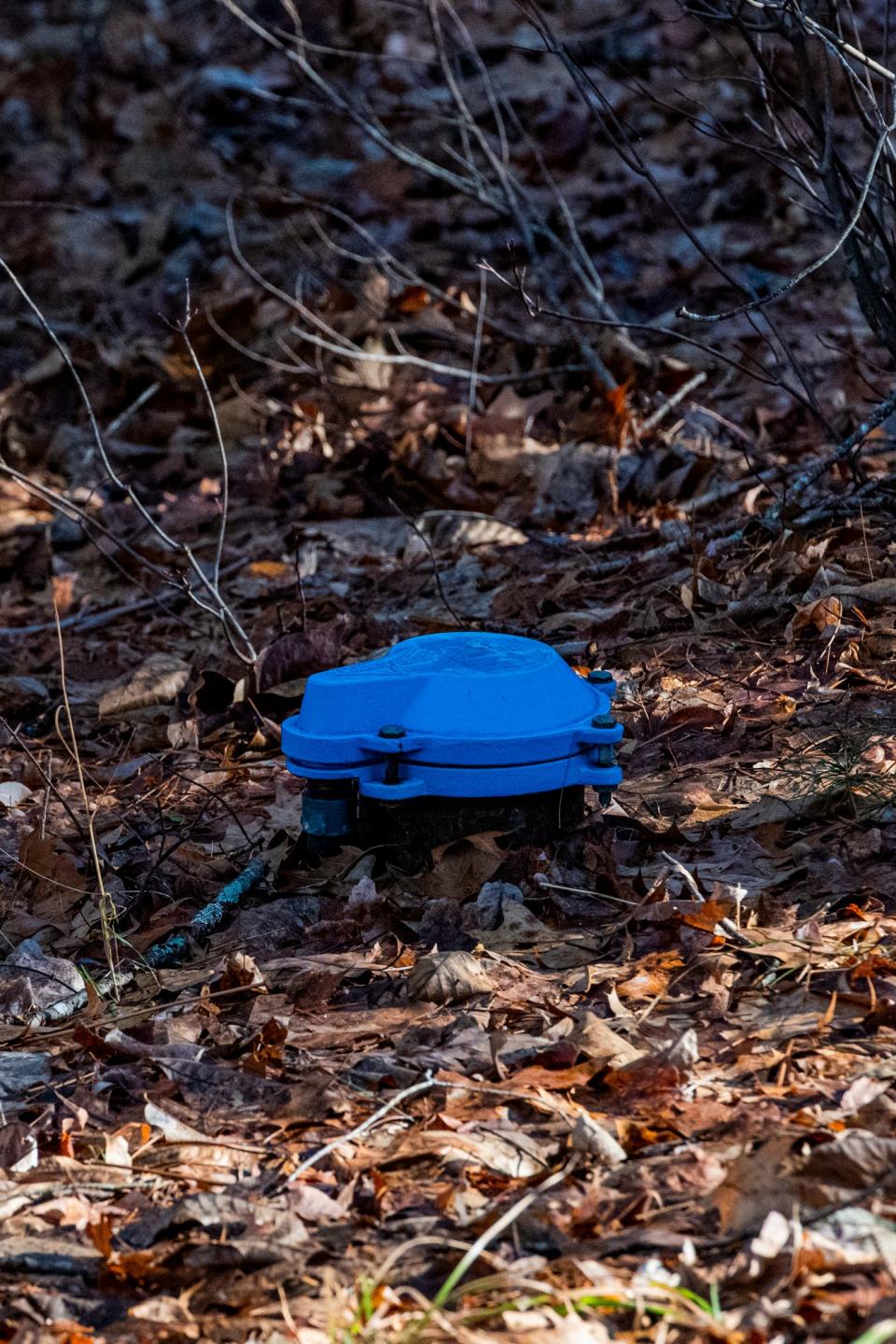
Free inspections of radon mitigation systems can be requested through the Maine Radiation Control Program.
Hymanson also suggests testing for arsenic, another toxin prevalent in Maine’s well water.
Although her family members haven’t experienced symptoms that could potentially be linked to radon or arsenic, Hymanson said she regrets not testing sooner.
State incentivizes more testing
A new state law incentivizes landlords and homeowners to test for radon more frequently. The law created a voluntary program for landlords and other homeowners to receive incentives to test their buildings for radon more frequently.
The law establishes the Maine Gold Standard for Radon Testing and Mitigation Initiative, set to begin July 1, 2022, to "reward, recognize, promote and assist" landlords and homeowners to receive a gold standard designation.
In order to obtain the gold standard designation, a landlord must conduct and submit to the state radon testing every two years and comply with any standards established by the EPA. If a test shows high levels of radon, the state will pay the first $600 for landlords to mitigate the level within six months.
The state will make the radon test results available to the public online.
The 2021 law comes after Maine implemented a law in 2014 that requires all landlords to test their rental properties for radon and disclose the results to current and future tenants.
To view more information on radon, visit the Maine CDC website, or call the state's Radiation Control Program at 207-287-5676.
Correction: An earlier version of this story presented a quote inaccurately. When Patty Hymanson said, “My kids grew up with a high arsenic level … I’ll never forgive myself,” she was retelling another person's story, not her own. We regret the error.
This article originally appeared on Portsmouth Herald: Maine lawmakers: Testing water for radon is vital for your health

